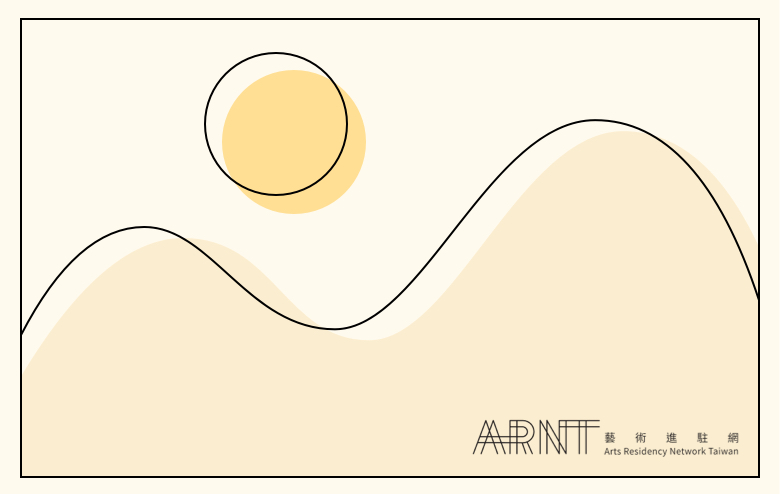Artists
Photo Credit: NIU Chun-Chiang
HSU Hsun-Wei (Maggie)

HSU Hsun-Wei (Maggie)
| Location | France / Marnay-sur-Seine |
|---|---|
| Residency | Centre d'Art - Marnay Art Centre (CAMAC) (Permanently closed) |
| Year of the Grant | 2004 |
| Work | (Wo/Man) (group exhibition) |
Artist Statement:
Centre d’Art Marnay Art Centre (CAMAC) is located in a beautiful, tranquil village with a population of approximately 200 people. The art center was rehabilitated from an old monastery and has retained the unique characteristics and history of the French countryside.
I grew up in Taipei City and went to school in New York. Having lived in cities my whole life, I had had few opportunities to be so close to nature. Through the residency at CAMAC, however, I was able to not only explore Paris, one of the major art centers in the world, and its art and cultures, but also was able to live close to nature and observe its deep-rooted influence on the art and culture. My observation inspired me to think about the similarities as well as the differences between the Chinese and Western forms of expression in their approaches to nature and culture.
Another wonderful thing about the residency at CAMAC was the opportunity to meet artists from different countries. We often shared our thoughts on different topics of discussion from our varied backgrounds to often produce a variety of insightful ideas and concepts. Moreover, through trying out each other’s media and interdisciplinary collaborations, we were able to engender even more creative energy in our practices.
I worked mostly in mixed-media, with aluminum foil as the main material. Commodities and found objects in our everyday lives became subjects for my act of wrapping. The foil covered and concealed a formal world and dulled the objects’ original appearances, transforming them into another reconstituted installation - a somewhat recognizable, yet bizarre and eerie world of recreation. The barrier between the real and the unreal then became blurred and reconstructed, and an imaginary space emerged from the exploration of meanings behind symbols and metaphors.